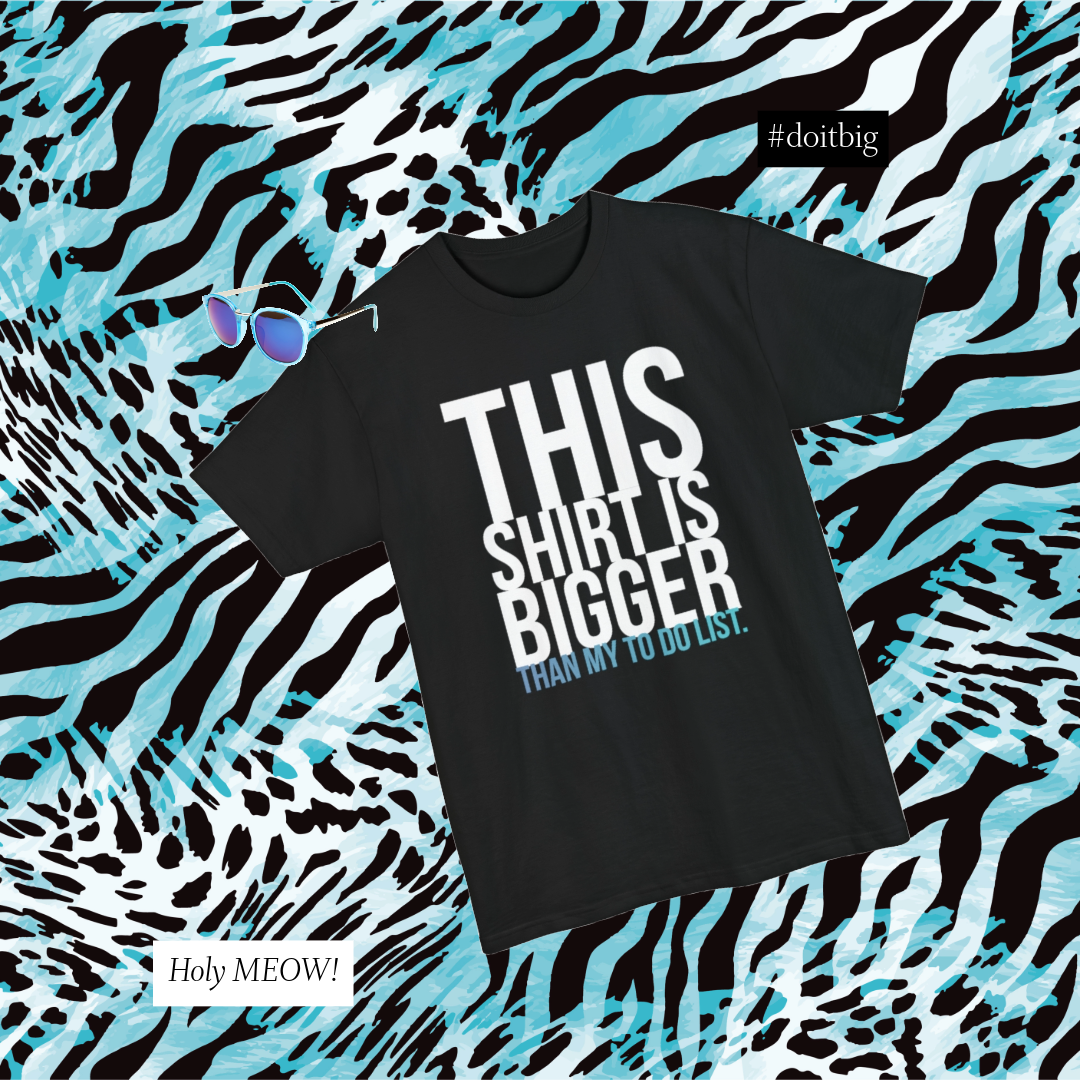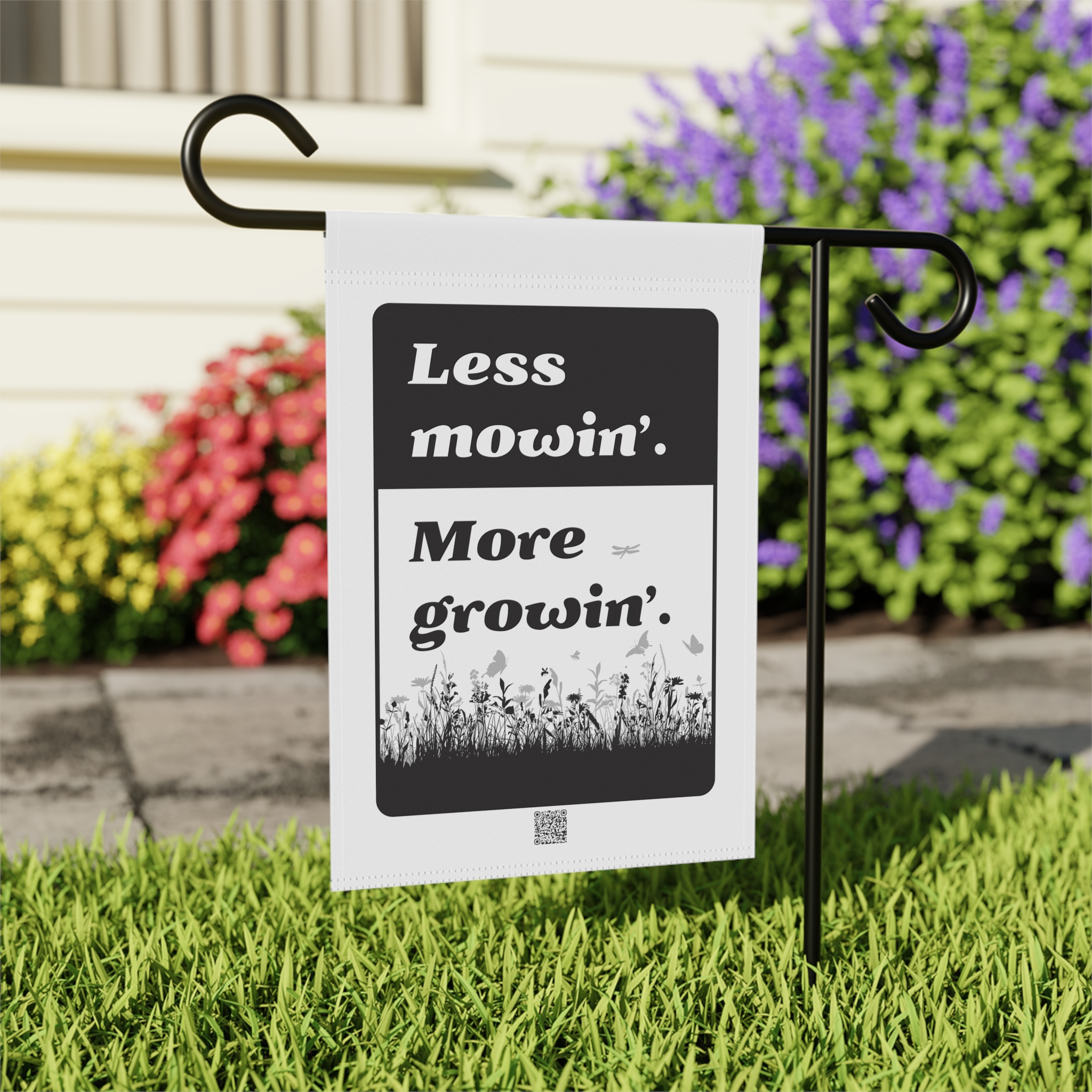Top 4 Social Media Branding Tips

With many more tools available that empower small business owners to create their own content, it’s important to recognize that social media branding must be paired with a sound strategy to thrive.
What is social media branding?
Social media branding is the process of using social platforms to engage with an audience and increase brand awareness. It includes brand management as well as creating original content and interacting with users. Social media branding is important because consistent brand visuals and voice improves recognition and can increase brand awareness.
However, it is crucial to recognize the importance of brand strategy as well. Small business owners often don’t realize the important of strategy until their social media profiles aren’t producing results. By this time, first impressions have already been established and if those impressions are not positive it is much more difficult correct and change course. This is why strategy is the backbone of branding. It ensures that businesses put their best authentic face forward but also helps your business to be able to withstands setbacks. So, if both are necessary to thrive in the online marketing landscape, why do many small businesses forego branding and strategy services when starting their business?
Why social media brand strategies fail?
The primary reason that brand strategies fail is the lack of a clear vision, purpose and message. Many small businesses only design a logo and forego the entire process of brand identity creation. By doing so you will be missing some of the key components important for crafting a brand strategy:
- Research and Reference to determine your ideal/target audience
- Brand mission, vision, purpose, and values
- Brand visuals such as logos, patterns, icons, website design and social media templates
- Brand voice and tone (for ad placements and copywriting)
- Brand aesthetic and imagery
- Brand guidelines
So, crafting an in-depth brand identity includes not just a logo and color palette but also numerous essential elements that inform the subsequent brand strategy. A brand strategy is the framework that determines how to present your business to customers and stand out among competitors. To create a successful brand strategy, it requires time, expertise and much research and planning. When you don’t invest the time and effort, business owners set the stage for failure. Here are the top reasons why brand strategies (or lack thereof) fail:
- You don’t think it matters – A brand identity helps establish a positive first impression with potential customers.
- You don’t think a small business needs a brand identity – Any business small or large, whose target audience frequents social media platforms needs a brand identity, not just a logo.
- It costs too much – Brand identity and strategy should be viewed as an investment in your business just like anything else.
- You don’t want to leave out or exclude potential customers – Identifying your target audience does not exclude customers. It focuses your marketing strategy.
- You can do it yourself – As a fellow small business owner I respect the hustle. Just remember, first impressions can make or break a small business. Whether DIY or hiring an expert or agency, prioritizing and investing in brand strategy will help your business thrive.
If you’re new to marketing or a business owner capable of investing the time and tackling it alone, we’ve got a few tips.
Top 4 Social Media Branding and Strategy Tips
Be consistent with your brand image
Your business brand image, voice and tone should be consistent across all platforms. One of the easiest ways to do this in the beginning is to get your brand colors right. Make sure all of your posts use your brand colors. Next is to create well written and thought-out captions using a consistent voice. Over time, your customers will see the consistency in your posts and begin to recognize when a post is from you without seeing your logo or social media handle.
Segment your customer personas
In order to segment your customers, it’s important to understand their pain points, identify what channels they use and also recognize where they are on the marketing funnel (Top to Bottom – Awareness, Engagement, Conversion). Identify which segments to focus time and resources on and create content for them at every touchpoint. This way your strategy is targeted, you know how to communicate with them and nurture them in all of the stages of the funnel.
Create a content strategy
Now that you’ve segmented your customer personas, you can plan and create content for each platform and audience. This starts with referring back to the marketing funnel and defining a goal. Is it more email subscribers or more leads or more page views? Your goal should be different at each phase of a customer’s journey. Next is to decide what types of content will help achieve your goal. Look at what the content ecosystem currently looks like in your industry. How will you differentiate or add value?
Automate and schedule your content
As small business owners, the level of busy can change drastically day-to-day. When you get busy it will be a losing game and end in burnout. It’s best to plan and create content (especially evergreen content) in bulk during slow periods and then schedule posts out far enough to allow time to measure results, plan and schedule the next bunch. Content is King and quality is Queen. Remember quality over quantity.
Small businesses often don’t recognize the important of strategy until their branding and content aren’t producing results. Strategy is the backbone to branding. You need both to thrive in the online marketing landscape.
Trust your struggle but remember, Verve Creative Studio has got you covered from brand identity creation all the way to strategy and execution.
Let’s Collaborate
TELL US ABOUT YOUR PROJECT
We love messages and meeting for coffee or tea at one of our favorite local spots. Drop us a note and we’ll get back to you as soon as possible…
























 Just giving you the heads up: We use cookies and other tracking doodads to make your browsing experience as sweet as a freshly baked batch (Website
Just giving you the heads up: We use cookies and other tracking doodads to make your browsing experience as sweet as a freshly baked batch (Website